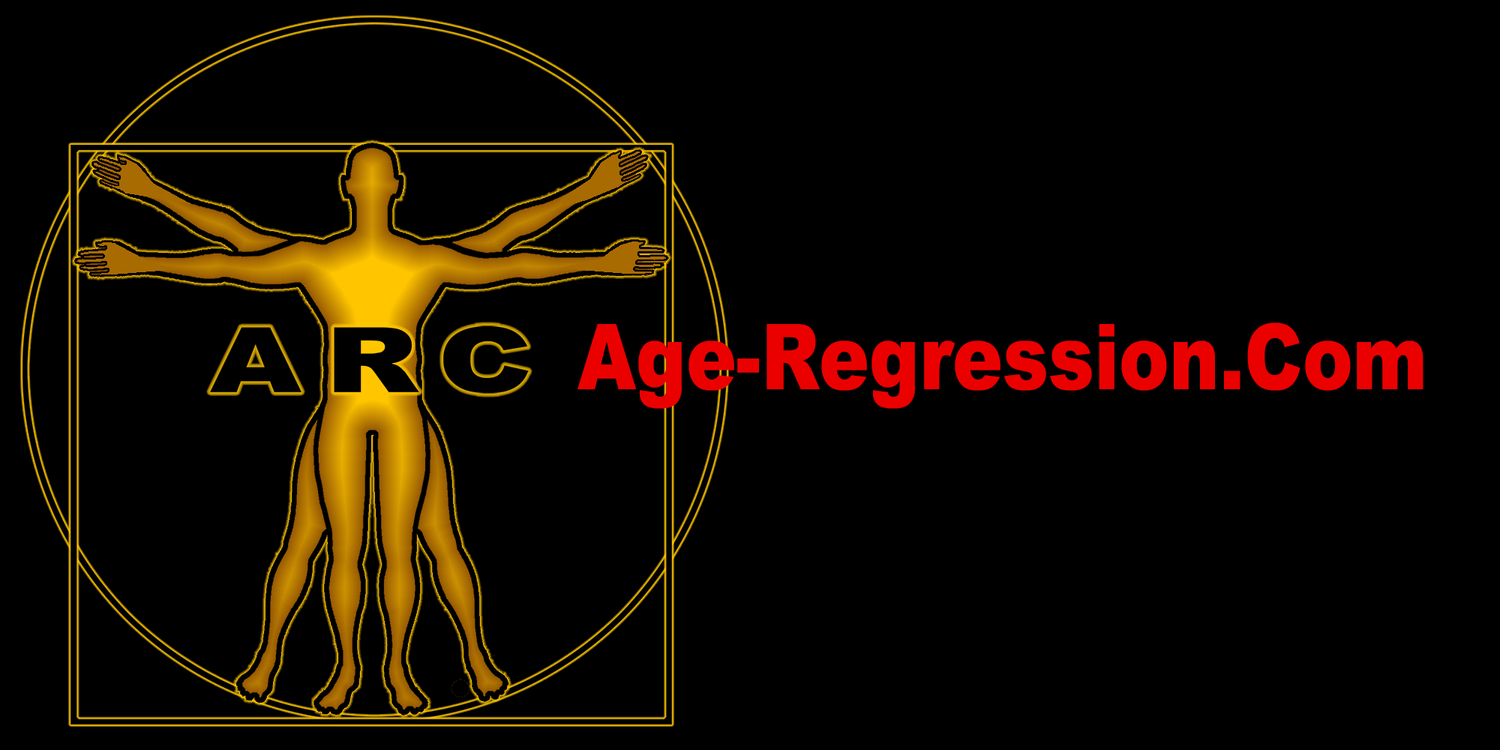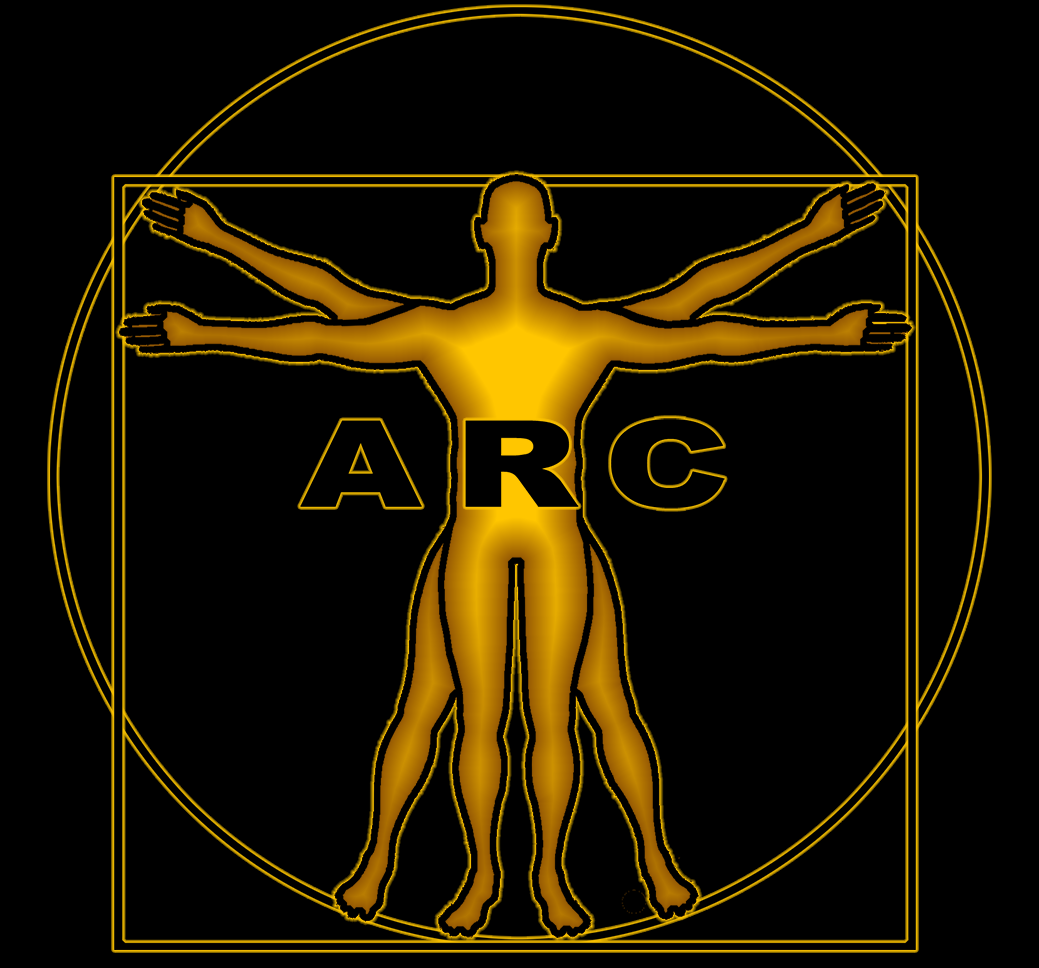It would represent the ultimate hubris to assume that this list in any way represents the final word, in both 1) an optimal list of targets, 2) most effective dosage; 3) most effective time of administration; 4) most effective interval of administration; 5) and/or the most effective interventional molecules.
On a personal note I can provide limited (N of 2) feedback on what is described at this point in time. Much like the mice in the Conboy study we have experienced improvements in energy, gastral intestinal function and comfort, memory, concentration and sleep. Our mental outlook has dramatically improved and the feeling of heading toward a cliff that many older individuals experience has abated. Total quality of life is at leat 50% better than prior to implementing this protocol. Activities of daily living have become much easier to accomplish. This work will continue for many years fine tuning the optimal age-regression protocol. You own contribution to this information is critical.
If the word is bolded and underscored it is included in our inventory of supplemental interventions.
1) Increasing levels of TGF-beta-1 are correlated with increasing age[4]. The Conboys in the referenced paper describe it as: “age-related elevation in the intensity of this pathway may contribute to diminished stem cell regeneration in the hippocampal niche, which combined with our prior results with the skeletal muscle stem cell niche would demonstrate conservation of signal transduction changes with age.” ALK5 provides an effective and very druggable target that results in the downregulation or inhibition of TGF-beta-1 signaling. Supplements able to inhibit ALK5 include EGEC, Fiesten, Qcertain, and Curcumin. Resveratrol [1] an Petrostilbene[] inhibit the signaling downstream from ALK5 at pSmad 2,3.
2) Levels of the hormone Oxytocin decline with age.
Oxytocin can be up-regulated by the administration of several forms of Oxytocin now available online.
Oxytocin can be up-regulated by multiple supplements including:
3) AKG is a required intermediary in the Krebs cycle. It also facilitates the assembly and transportation of many of the bodies building blocks; amino-acids. Multiple studies in multiple animal models have documented an increased life-span resulting from AKG supplementation.
4) Glutathione is an important component of cellular metabolism and energy production. A recent paper described how the supplementation with N-acetylcysteine (NAC), and Glycine increased intercellular glutathione, producing dramatic and sustained improvements in multiple measurements, leading to an improved quality of life. This included improved glutathione deficiency, oxidative stress, mitochondrial dysfunction, inflammation, insulin resistance, endothelial dysfunction, genotoxicity, muscle strength, and cognition. [2] Another research group accomplished similar results providing only Lyophilized Glutathione as the interventional supplementation [3]. 5) Leucine has demonstrated in multiple studies a longevity benefit [4]. Dehydroepiandrosterone (DHEA). Vitamin D is expected to be a primary anti-aging medicine in the near future due to its numerous positive effects in the elderly population.
5) Down regulation of IL-6.
IL-6, perhaps considered one of the first aging biomarkers, was described as “a cytokine for gerontologists” (Ershler, 1993). IL-6 is the best characterized biomarker for “inflammaging,” a chronic low-grade inflammation that develops with advanced age and contributes to the pathogenesis of age-related diseases and most recently has been recognized as a core element of the secretome produced by senescent cells (Lopez-Otin et al., 2013; Ferrucci and Fabbri, 2018; Franceschi et al., 2018). High circulating levels of proinflammatory cytokines, such as IL-6 have been associated both cross-sectionally and prospectively with major age-related chronic diseases as well as with disability and frailty (Maggio et al., 2013). Insulin-like Growth Factor-1 (IGF-1 (IGF 1), which contributes to the decline of muscle strength with aging (Maggio et al., 2013; Johnson et al., 2020; Moaddel et al., 2021)
As the age increased by 1 year, IL-6 values increased by 0.05 pg/ml (95% CI: 0.02, 0.09; p < .01) [5].
REFERENCES:
[1] 2014 Activation of SIRT3 by resveratrol ameliorates cardiac fibrosis and improvescardiac function via the TGF-!/Smad3 pathway
[2] 2021 Glycine and N-acetylcysteine (GlyNAC) supplementation in older adults improves glutathione deficiency, oxidative stress, mitochondrial dysfunction, inflammation, insulin resistance, endothelial dysfunction, genotoxicity, muscle strength, and cognition: Results of a pilot clinical trial
[3] 2018 Oral supplementation with liposomal glutathione elevates body stores of glutathione and markers of immune function
[4] 2011 Low-dose lithium uptake promotes longevity in humans and metazoans
[5] 2021 Defining IL-6 levels in healthy individuals: A meta-analysis

